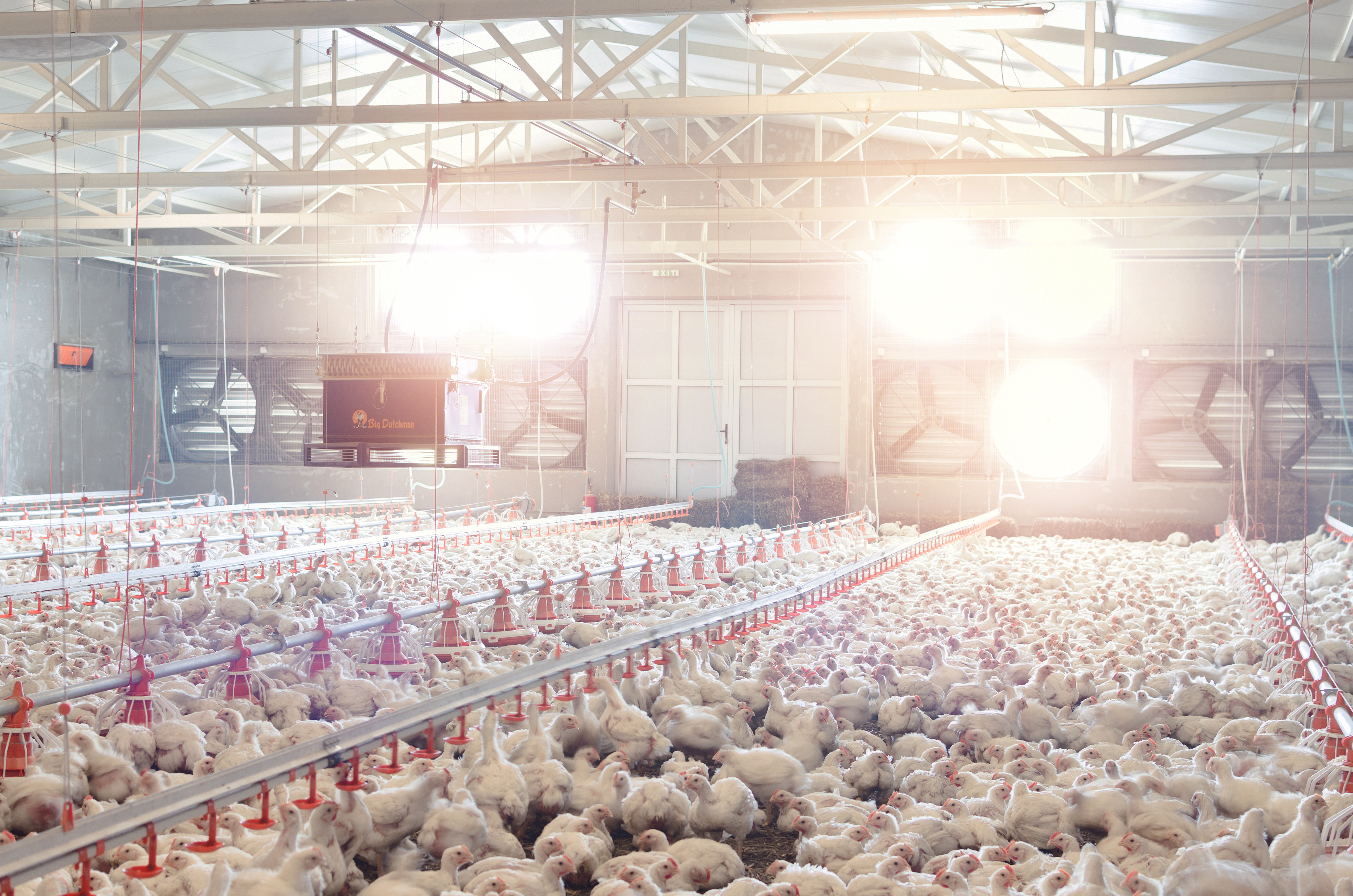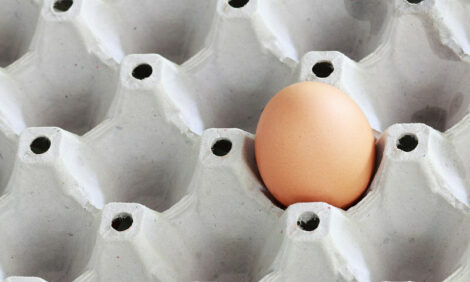



Lighten up! Poultry welfare is easy with this new innovation
Aaron Stephan, PhD, speaks on behalf of lighting company Once at IPPE 2020's TechTalks to illuminate our understanding of poultry welfare.Part of Series:
Next Article in Series >
A popular approach to managing flock welfare includes the Five Freedoms for animal welfare, says Dr Stephan.
These are:
- Freedom from hunger and thirst
- Freedom from discomfort
- Freedom from pain, injury, or disease
- to express normal behaviour
- from fear and distress
Dr Stephan outlines that approaches to animal welfare can be resource-based or outcome-based. Resources can affect environmental outcomes, such as air or litter quality, but both of these directly affect animal welfare outcomes such as:
- Behaviour
- Mortality
- Disease
- Nutrition
Welfare programmes which are resource based, such as the Global Animal Partnership's five-tier animal welfare certification, are limited in this way, and so the industry is slowly seeing a surge of interest in welfare programmes which are instead "outcomes based", which consultancies such as FAI Farms are working to establish.

How to optimise lighting for better flock welfare
Chickens are tetrachromatic and can see into the ultraviolet range. Due to the artificial lighting in poultry barns, chickens are essentially colourblind to light in the UVA range. The UVA range of poultry vision plays an important role in the socialization and feeding behaviours of a flock.
The solution?
A new lighting company on the block, Once, argues that chickens should be raised with UV light supplements.
Their research trials have shown that a majority of chickens prefer environments which have lighting supplemented with UV light.
Their findings also showed that birds exhibit fewer manifestations of stress, including stress hormone levels as well as physical behaviours such as distressed wing flapping.
Dr Stephan, presenting at IPPE 2020, discussed that gene expression or metabolite assays can offer insights into the physiology of the animal. This is important because gene expression is an indicator of welfare - for both chickens and humans.
He revealed that children who experienced a certain level of adversity in childhood can actually manifest this stress in their genetic indicators. These findings were compared to a control group of children who had not experienced the same hardship in childhood and did not exhibit these same genetic indicators.
Dr Stephan went on to explain that gene expression is also an indicator of positive welfare. One experiment, for example, showed that dopamine levels were higher in birds that were given a choice to spend time in a lighting environment with 100 lux light levels. Therefore, lighting levels can influence the happiness of a flock, which can be indicated by their physical chemistry.
However, he argues that assays are important to be validated, but this carries an ethical challenge since running such a trial involves using a control group, which would involve putting chickens in a stressful environment.
We leave it to you to decide if it's worth it if the outcome is a better understanding of how to improve the welfare of billions of birds.
Check out more great work being done by the International Poultry Welfare Alliance to advance poultry welfare.










